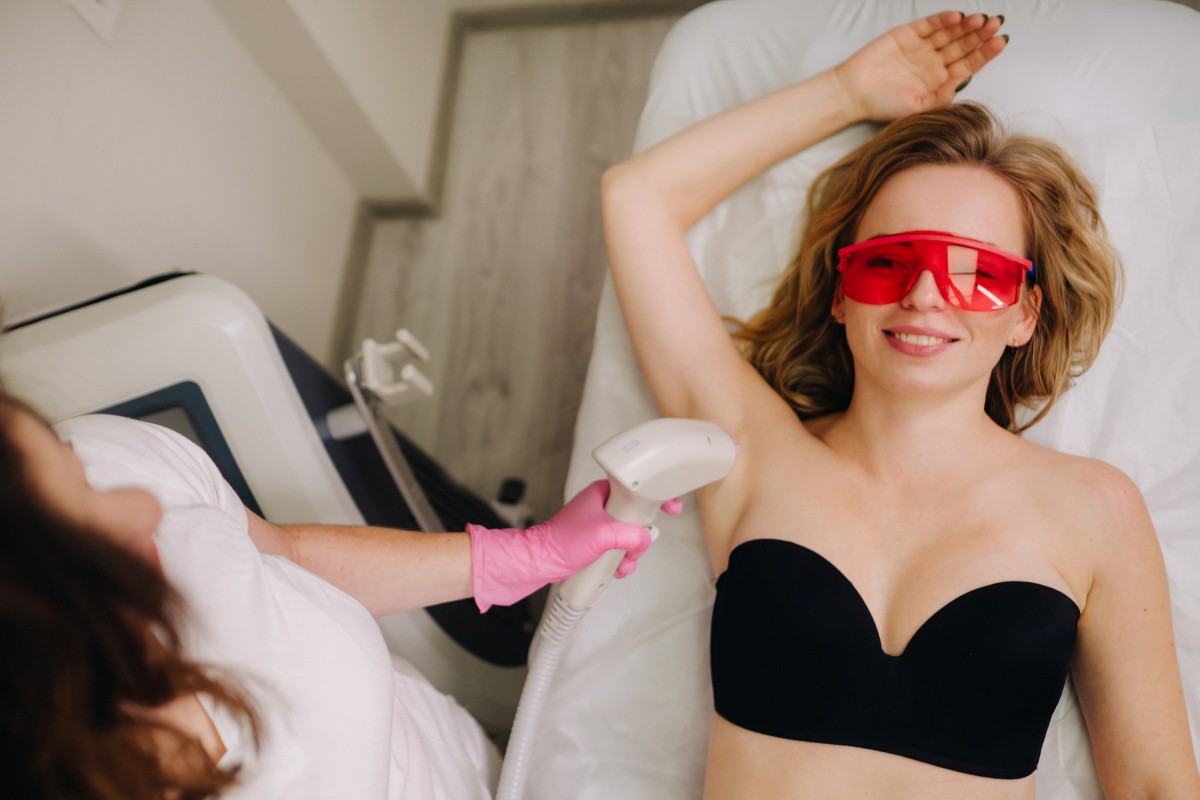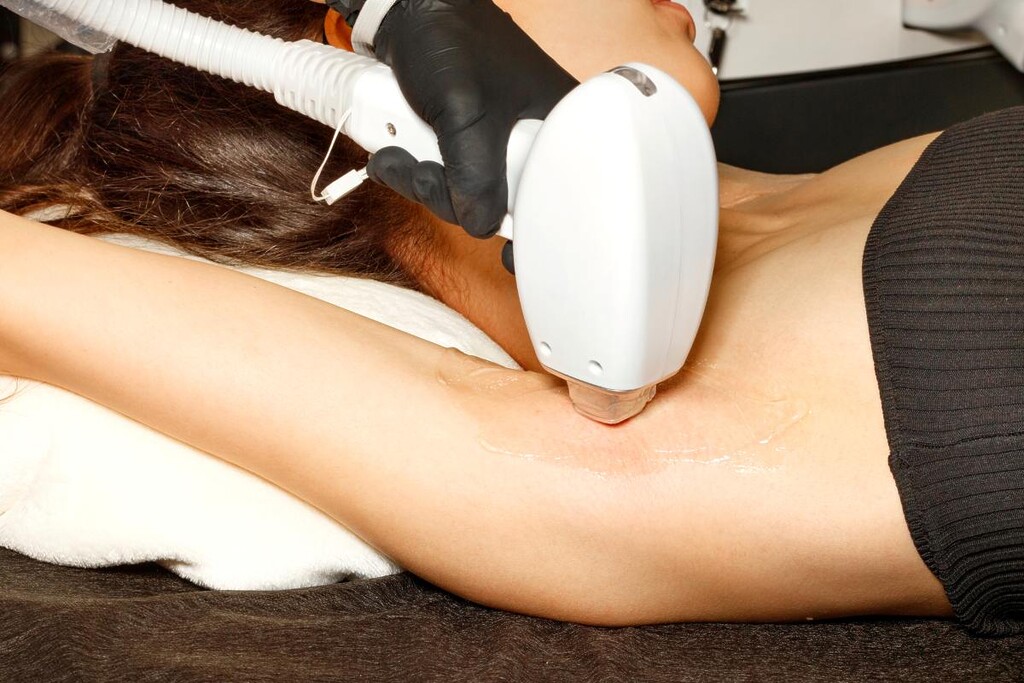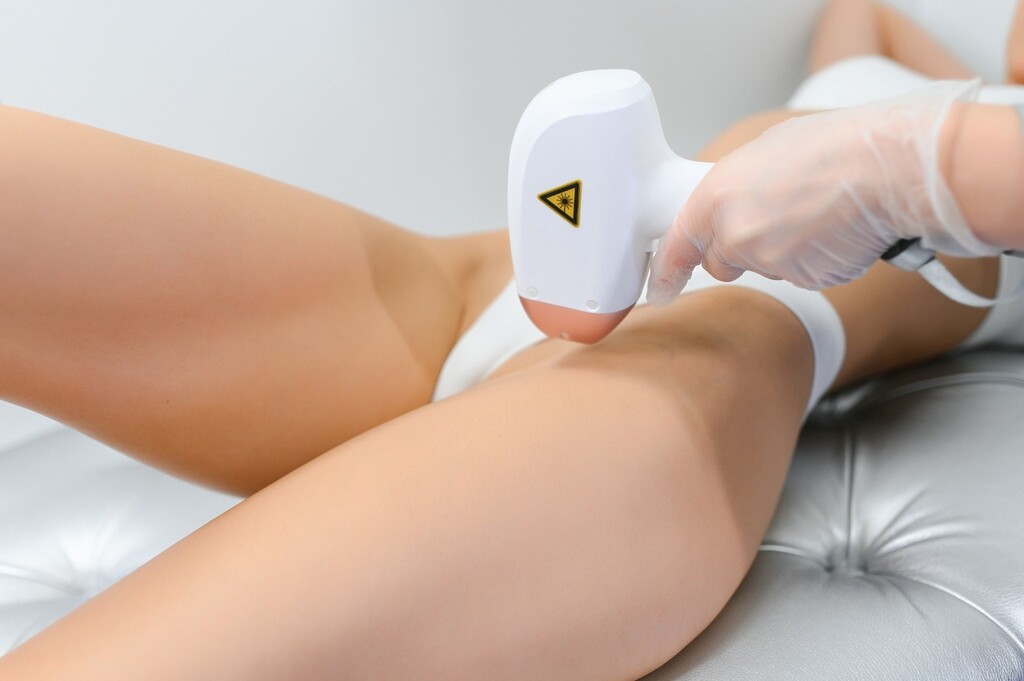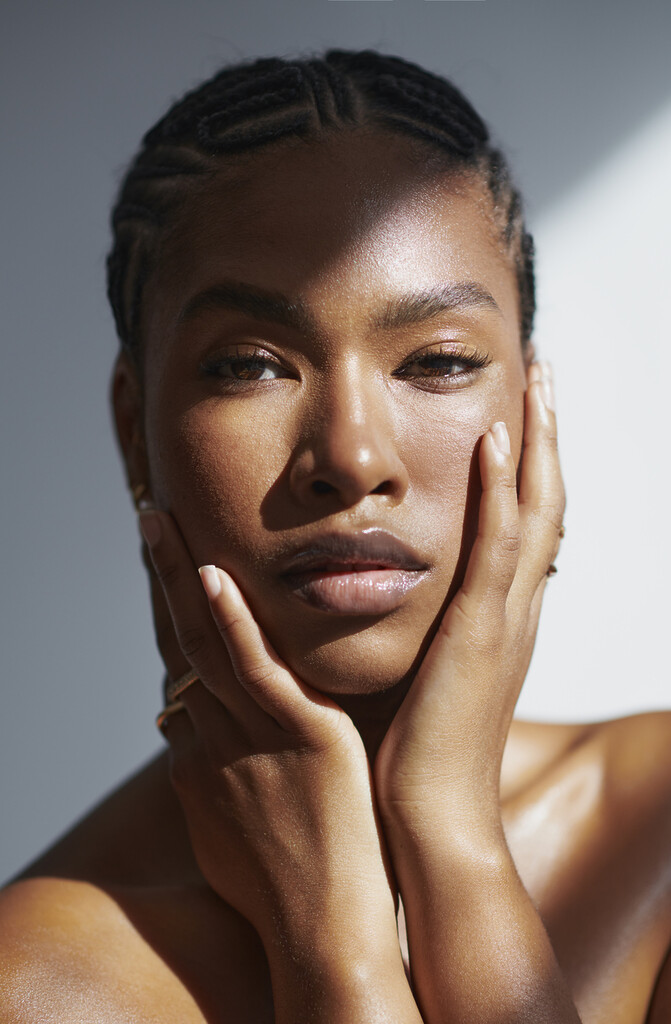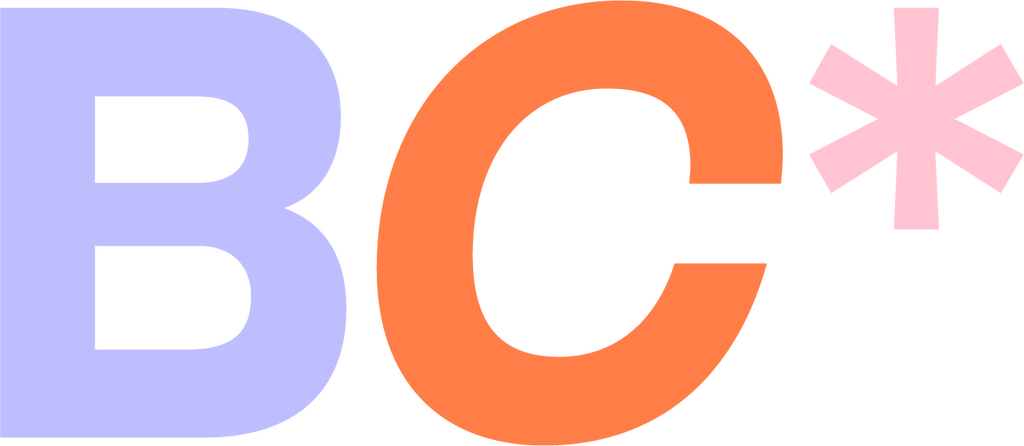If you have ever looked into laser hair removal, you probably encountered the same burning question that keeps cropping up: how many sessions of laser hair removal are actually necessary? It sounds like it should be straightforward. Spoiler – it is not. Hair growth is sneaky, the body is complex, and what works beautifully for one person might take more time for someone else. We will try to untangle the details (with as little jargon as possible) and explain what you might expect if you are considering booking in.
Why You Cannot Do It All In One Go
We wish there were a magic one-and-done solution, but hair growth cycles refuse to cooperate. Hair grows in stages – anagen (active), catagen (transition), and telogen (resting). The laser only targets the follicle effectively when it is in the active phase. That means only a certain percentage of hairs are truly zappable each session.
So when someone asks how many sessions of laser hair removal, the honest answer is: more than one. Usually six to eight for most areas, sometimes more if the hair is especially stubborn or if hormones are playing tricks (yes, they can).
The Typical Timeline
For the majority, the first course spans several months. Sessions are spaced roughly four to six weeks apart, depending on the body part. Facial hair often requires shorter intervals because it cycles faster, while legs or back may need longer gaps.
After about three or four treatments, you may notice patches where hair simply does not return. Other areas will thin out. But it is only once you complete the series that long-term smoothness becomes realistic. And even then, a few touch-up sessions may be necessary later down the line.
Factors That Change The Answer
We could give a neat number, but there are so many variables. Skin tone and hair colour play an enormous role. Dark, coarse hair against lighter skin responds brilliantly. Blonde or grey hair, less so (the laser has trouble spotting it). Hormonal shifts matter too – pregnancy, menopause, or conditions like PCOS can alter growth.
Even lifestyle and genetics step in. Some people naturally shed hair more slowly or have denser follicles. It means what worked for your friend may not map perfectly onto your own experience. And that is fine. The important part is consistency with sessions and realistic expectations.
Is It Permanent?
This is where a little nuance helps. Many clinics will avoid saying “permanent” outright. Instead, the more accurate phrase is “long-term reduction.” Most clients see up to 90% reduction, which feels pretty close to permanent in daily life. Still, some hairs can regenerate over time, especially if triggered by hormonal changes.
If you are wondering about how long does it last, the general view is that results can span years with only occasional maintenance appointments. Not bad compared to shaving every other day.
What About Pain And Side Effects?

Everyone asks this, so let us not skirt around it. Yes, you feel it. Some describe it as a hot snap, others as the flick of an elastic band. Modern machines often come with cooling systems that make the sensation more tolerable. Redness or slight swelling afterwards is common but usually fades within a day. Compared with waxing, it is often considered the kinder option.
Why Spacing Matters
It is tempting to think – if six sessions are good, why not do them all in quick succession? Unfortunately, the body’s biology does not allow shortcuts. Follicles must shift into the active phase naturally, which is why spacing between treatments matters. Go too soon and you simply zap hairs that are not ready. Leave it too long and you might miss the cycle window. The sweet spot depends on the area, which is why clinics advise tailored schedules.
Professional Guidance Is Key
DIY devices exist and might help for lighter maintenance, but professional-grade lasers are significantly more effective. Qualified practitioners also assess skin type, adjust settings, and spot potential risks. Choosing reputable laser hair removal services by BodyCrush gives you both the right technology and the assurance of trained supervision. It is not just about results – it is about safety too.
Tips To Maximize Results
We are not going to prescribe a rigid checklist, but there are practical habits that make a difference. Shaving before treatment (not waxing or plucking) ensures the follicle remains intact for the laser to target. Avoiding sun exposure before and after reduces the chance of irritation. And patience – probably the hardest part – makes all the difference. Stick to the plan even if you feel “done” halfway through.
The Takeaway
So, back to that original question: how many sessions of laser hair removal? Generally six to eight. Sometimes fewer, sometimes more. The answer is not carved in stone because bodies are not identical. What you can expect is progressive thinning, long-term reduction, and the freedom of fewer razors cluttering your bathroom.
Laser hair removal is not an instant miracle, but it is one of the closest things we have to lasting smoothness. With the right provider, a little patience, and a healthy understanding of your own body’s quirks, it can be transformative in the long run.
